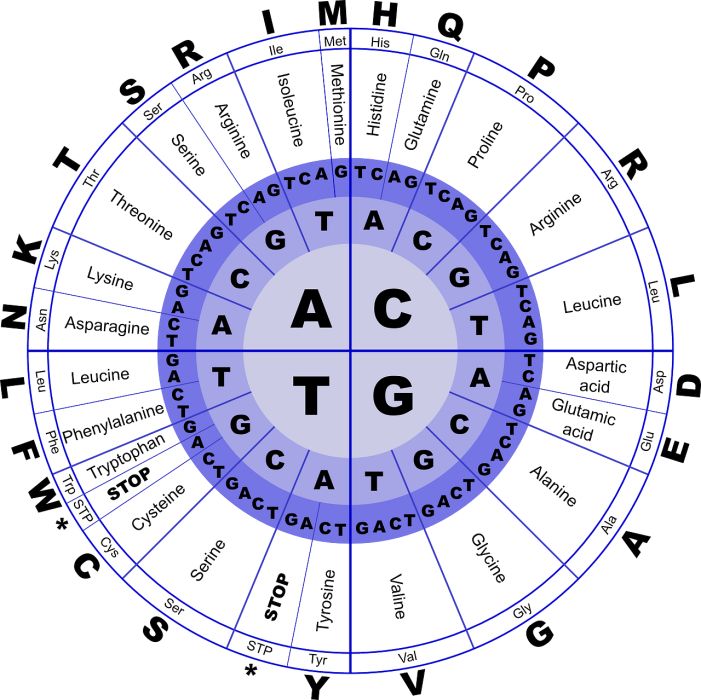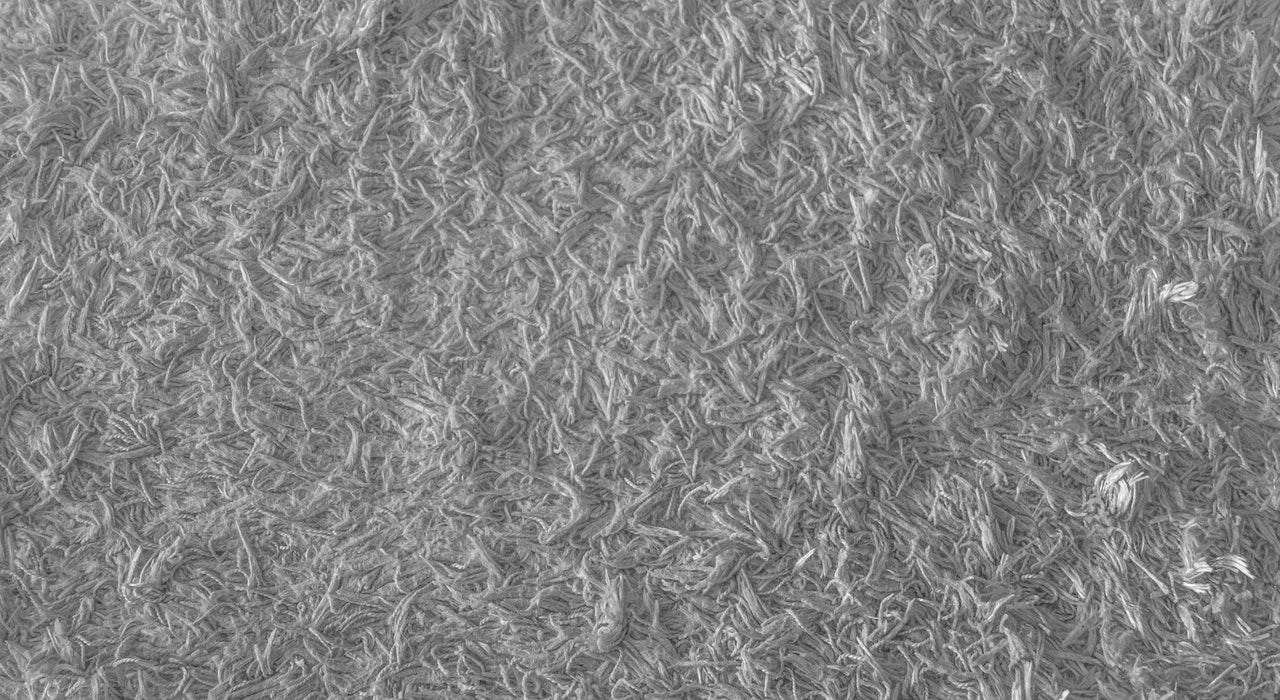U.S. patent claims usually contain the term “comprising.” This term indicates that an item in the claim must include certain specified components, but that the item also may include other, unspecified components. Alternatively, patent claims sometimes contain the term “consisting of.” This term indicates that an item in the claim is closed to unspecified components.
In between the open term “comprising” and the closed term “consisting of” is the term “consisting essentially of.” This semi-closed term indicates that an item in the claim is limited to the components specified in the claim “and those that do not materially affect the basic and novel characteristic(s)” of the claimed invention. In re Herz, 537 F.2d 549, 551-52 (CCPA 1976) (emphasis in original).
The semi-closed nature of “consisting essentially of” sometimes is attractive during patent prosecution. For example, if the prior art discloses the combination of components A, B and C, it might be difficult to distinguish a patent claim with an item comprising components A and B since the item is open to the unspecified component C by virtue of the open term “comprising.” Amending the claim so that the item consists of components A and B (rather than comprises components A and B) might distinguish the claim from the prior art, if the prior art requires component C. However, such an amended claim might be easy for a competitor to design around, simply by adding component D to components A and B in the competitor’s product. The term “consisting essentially of” can provide a middle ground, allowing a patent applicant to distinguish a claim from prior art without excessively narrowing the scope of the claim.
However, when using the term “consisting essentially of,” the patent applicant often must explain to the examiner what the “basic and novel characteristic(s)” of the claimed invention are, and why they would be “materially affect[ed]” if the claimed invention were to include an additional component from the prior art. This issue is illustrated in the recent Patent Trial and Appeal Board (“Board”) case of Ex parte Nakajima.
Claim 1 in Nakajima recited:
A method of modifying starch, comprising subjecting a powdery mixture consisting essentially of starch and water-soluble hemicellulose at a weight ratio of 95:5 to 80:20 to moist-heat treatment at 100 to 200°C.
The examiner rejected claim 1 as obvious over two references, Yoshino in view of Narimatsu. The examiner relied on Yoshino for a method of subjecting starch to moist-heat treatment. The examiner acknowledged that Yoshino did not disclose water-soluble hemicellulose, and relied on Narimatsu for this component. Narimatsu described mixing water-soluble hemicellulose as a powder with wheat flour and starch. The examiner took the position that it would have been obvious to combine the water-soluble hemicellulose of Narimatsu with the starch of Yoshino, and then to treat the mixture of hemicellulose and starch with moist heat.
The applicant argued that the combination of Yoshino and Narimatsu would require the presence of wheat flour along with water-soluble hemicellulose and starch. Because of this, the applicant argued that the combination of these references would not satisfy the requirement that the powdery mixture consist essentially of starch and water-soluble hemicellulose.
In particular, the applicant argued that the presence of wheat flour would materially affect the basic and novel characteristics of the claimed invention. The applicant identified the basic and novel characteristics of the claimed invention as suppression of swelling or disintegration of starch granules. The applicant explained that including wheat flour with starch and water-soluble hemicellulose would not lead to such suppression. This explanation was supported by experimental data, submitted in a declaration, showing that samples containing wheat flour did not show the same inhibitory effect on swelling and disintegration of starch granules that was observed in samples without wheat flour.
Since the presence of wheat flour would materially affect the basic and novel characteristics of the claimed invention, the applicant argued that wheat flour should be excluded by the “consisting essentially of” phrase.
In response, the examiner contended that it would have been obvious to combine the water-soluble hemicellulose of Narimatsu with the starch of Yoshino, without including the wheat flour of Narimatsu.
The Board sided with the applicant. The Board found that Narimatsu taught adding water-soluble hemicellulose to a mixture of wheat flour and starch, but did not teach or suggest adding water-soluble hemicellulose to starch alone. The Board agreed that the applicant had provided sufficient evidence that including wheat flour in the powdery mixture of claim 1 would materially affect the basic and novel properties of the claimed invention. Accordingly, the Board found wheat flour to be excluded by the “consisting essentially of” phrase, and reversed the obviousness rejection.
Takeaway: The transitional phrase “consisting essentially of” provides a middle-ground between the open “comprising” and the closed “consisting of” phrases. When using the phrase “consisting essentially of,” applicants should be prepared to identify, on the record, what the basic and novel characteristics of the claimed invention are. Applicants also should be prepared to provide a technical argument, possibly supported by experimental data, explaining why the basic and novel characteristics would be materially affected if the claimed invention were to include an additional component from the prior art.
Judges: Franklin, Snay, Ren








